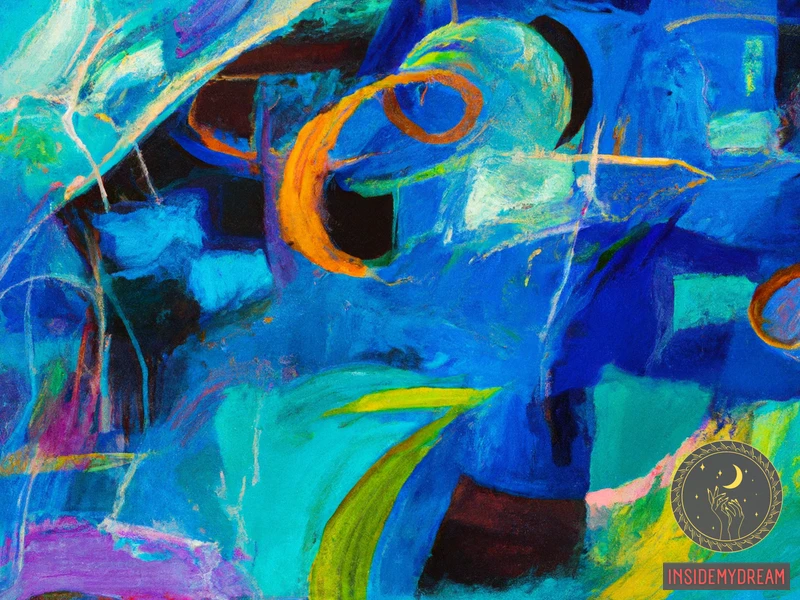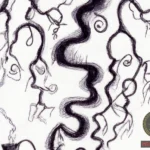Children’s drawings often contain a mysterious and enchanting world that captivates both parents and psychologists alike. Each stroke of color on the paper holds the potential to reveal hidden messages and insights into a child’s inner thoughts and emotions. As a parent, you may find yourself perplexed by the intricate details, the choice of symbols, and the vibrant imagination displayed by your child through their artwork. These drawings offer a unique window into their subconscious mind, providing us with a glimpse of their dreams, desires, and fears. In this article, we will delve into the meaning behind children’s drawings, exploring the power of imagination, the expression of emotions, and the unveiling of unconscious desires and fears. Through analyzing common symbols, interpreting themes and patterns, and consulting child psychology experts, we aim to provide you with a comprehensive understanding of your child’s drawing dreams. Additionally, we will offer guidance on how to encourage and support your child’s artistic expression, fostering their creativity and emotional well-being. So, join us as we embark on a journey to unravel the hidden messages behind your child’s art, unveiling the wonders and complexities that lie within.
Understanding Children Drawing Dreams

Understanding Children Drawing Dreams
Children’s drawings can provide valuable insights into their thoughts, emotions, and experiences. By interpreting the hidden messages behind their art, parents and caregivers can gain a deeper understanding of their child’s inner world.
1. The Power of Imagination
Children have vivid imaginations, and their drawings often reflect this creative power. They may draw fantastical creatures, imaginary worlds, or impossible scenarios. These drawings allow children to explore and express their imaginative thoughts and ideas.
2. Expression of Emotions
Drawing is a form of communication for children, especially when they have not yet developed the vocabulary to express their emotions verbally. Through their drawings, children can convey their feelings of happiness, sadness, anger, or fear. For example, a child may draw a picture with dark colors and jagged lines to represent their sense of fear.
Subscribe and Get a Free Dream Journal from Us
3. Unconscious Desires and Fears
Children’s drawings can also reveal their unconscious desires and fears. Sometimes, children may draw objects or scenes that seem unrelated to their daily experiences. However, these drawings may hold deeper symbolic meanings. It is important to pay attention to recurring themes or symbols in their artwork, as they may hint at underlying fears or desires.
Analyzing Common Symbols in Children’s Drawings








